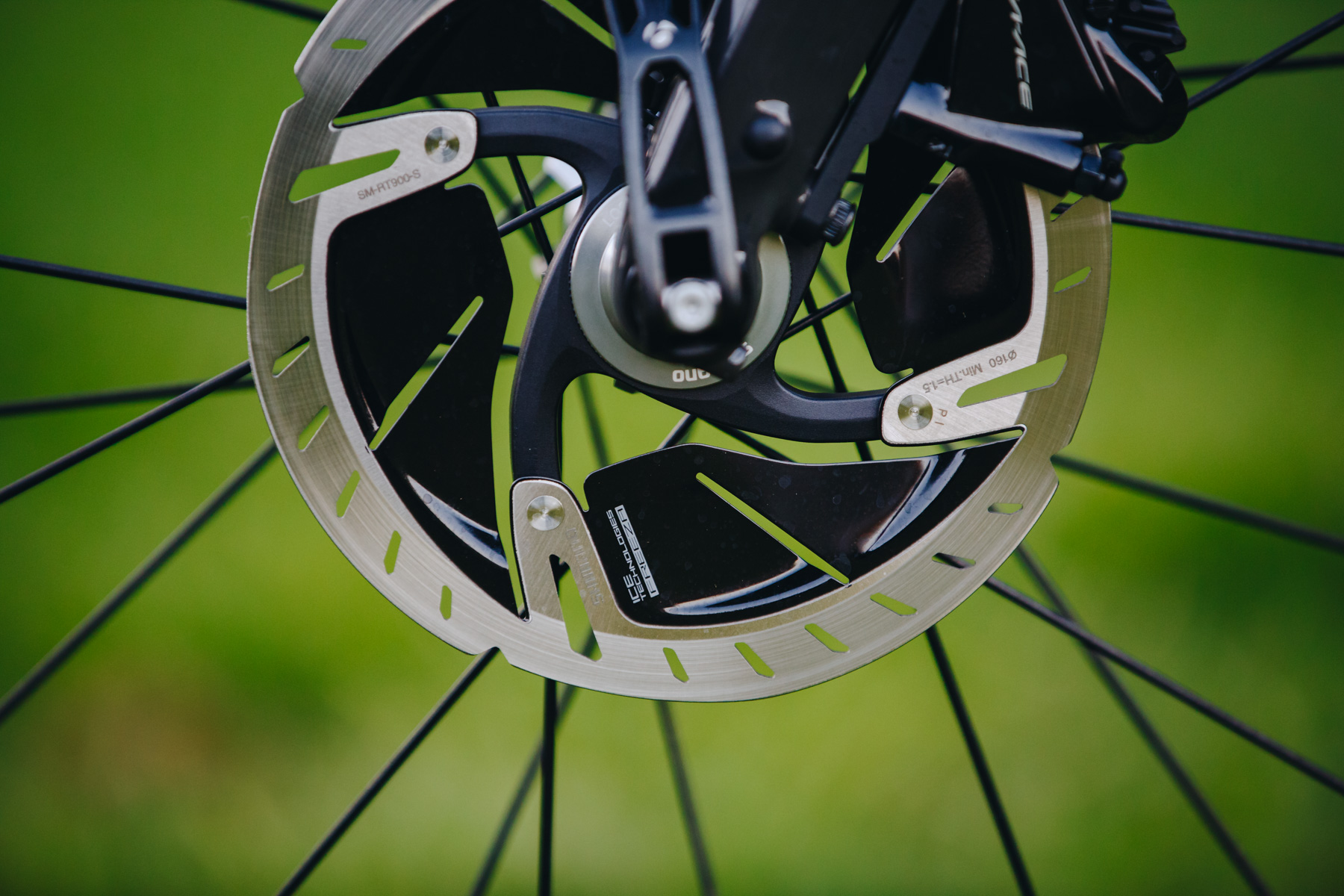Trek’s first real dedicated gravel bike, the Checkpoint is a pretty cool beast, with loads of unique frame designs to give it a very distinct feel to its road bike brethren, cyclocross cousins or anything else in the catalogue.
But, after a few rides on the type of terrain that it is built for, we saw room for improvement:
- Lower gear range for steep climbs.
- Quieter drivetrain.
- Lighter wheels, of course.
- Tubeless tyres for confidence in the rough.
- Increased braking power on long descents.
We’ve put our names down for an upcoming gravel event, the Gravel Grit Laguna, a 76km ride through the Onley State Forest, near Newcastle and the Hunter Valley. In preparation we’re lining up a few test gravel bikes, a Canyon Grail is confirmed to join us, as well as this beauty.


So, we set out to give the Checkpoint a makeover, ok, maybe we went a little overboard, but you get the drift of what we were hoping to achieve.
Lower range please, dirt roads can get steep!
Look, we’re no Contador, Pantani or Valverde, the climbs are hard on our average ability, so we need the gears to be able to sit down and spin while we talk to our adventurous gravel comrades about anything but bikes. The gearing that came on this bike was a little tall, in our opinion and thus conversation would go quite, replaced with groans and awkward silence as we pushed hard at a very low cadence.
Hooray for compact gearing! To our rescue, Shimano’s Ultegra R800 11-speed cranks with 46-36 teeth chainrings give a lower overall range than the 50-34.
We’ll see how we go with this setup; perhaps a wider range cassette would still be needed, especially if we’re carrying a lot of gear on long rides.

Shhhhh, it’s peaceful out here.
Shimano gave us hints of what is potentially in the pipeline for the booming gravel segment with the new Ultegra RX rear derailleur. It’s like an XT and Ultegra combined, the slim Shadow shape with a clutch to stabilise the chain. We saw this derailleur appear on many pro road bikes at this year’s Paris Roubaix, combatting dropped chains and boosting confidence to maintain strong power on the pedals when the bike is kicking around like mad over the rough cobbled surfaces.


The RX derailleur just like the mountain bike derailleurs can be switched on and off, for gentle rides, it can remain off for a lighter shift action but is best engaged when the surfaces are unpredictable.
So far the drivetrain feels markedly more composed, the outgoing 105 mech felt far cheaper and less precise.
All upgrades start at the wheels, right?
Nothing beats dropping some grams out of the wheels to make improvements to a bike, with the Shimano RS770 dropping serious weight from the bike while adding more precision and direction to the ride quality.


The R770 are a 1639g set of carbon laminate wheels, disc brake specific with 17mm internal width rims. Shimano’s recommendation is a tyre width range between 25-38mm, we’ll definitely be at the upper end of the spectrum when we select tyres for an upcoming gravel event this summer.
These wheels are also tubeless ready and sealed up with the Schwalbe tyres in the blink of an eye. We failed to convert the Bontrager wheels to tubeless, despite many attempts, the tubes went back in. But no with a successful tubeless installation, these wheels give us a lot more confidence to relax when rocks inevitably hit the rims.
Brake power can never be in short supply.
We found ourselves in a few situations when the Shimano brakes on the Checkpoint were not ideal. Namely during long descents when you are riding the brakes to keep your speed under control, and then you need to bunker down and brake harder to change a line or make a corner. The heat building up in the brakes would become too much, and the power would fade away, not a great scenario.
Shimano is well-known for impressive heat management systems in their mountain bike brakes, the XTR Trail Brakes we have on another long-term test bike manage brake fade a whole lot better than the comparable SRAM Guide brakes that share a lot of bike spec. So, what if we tried Ice-Tech rotors on this bike?

With a set of last seasons 11-speed Dura Ace brakes, shift levers and Ice-Tech FREEZA rotors this bike has been transformed. We appreciate that this type of upgrade is a significant cost, but us mountain bikers put a lot of value on good brakes.






What’s next?
Rubber! Bigger, chunkier rubber.
See you out there!